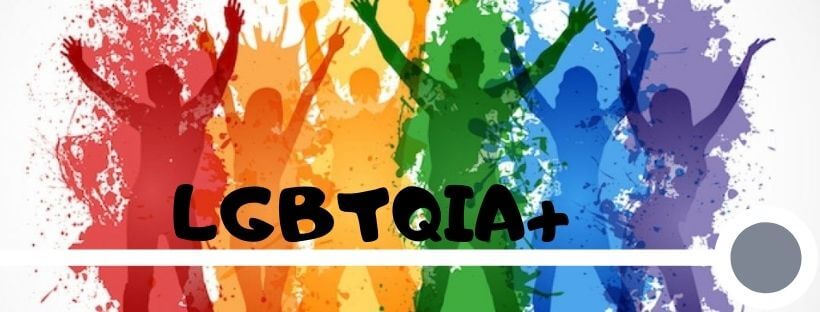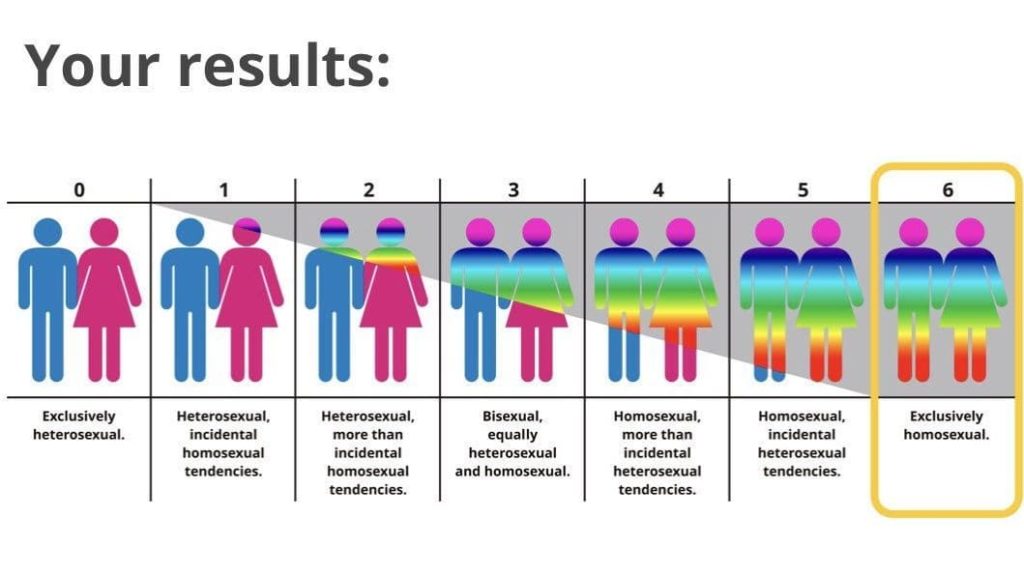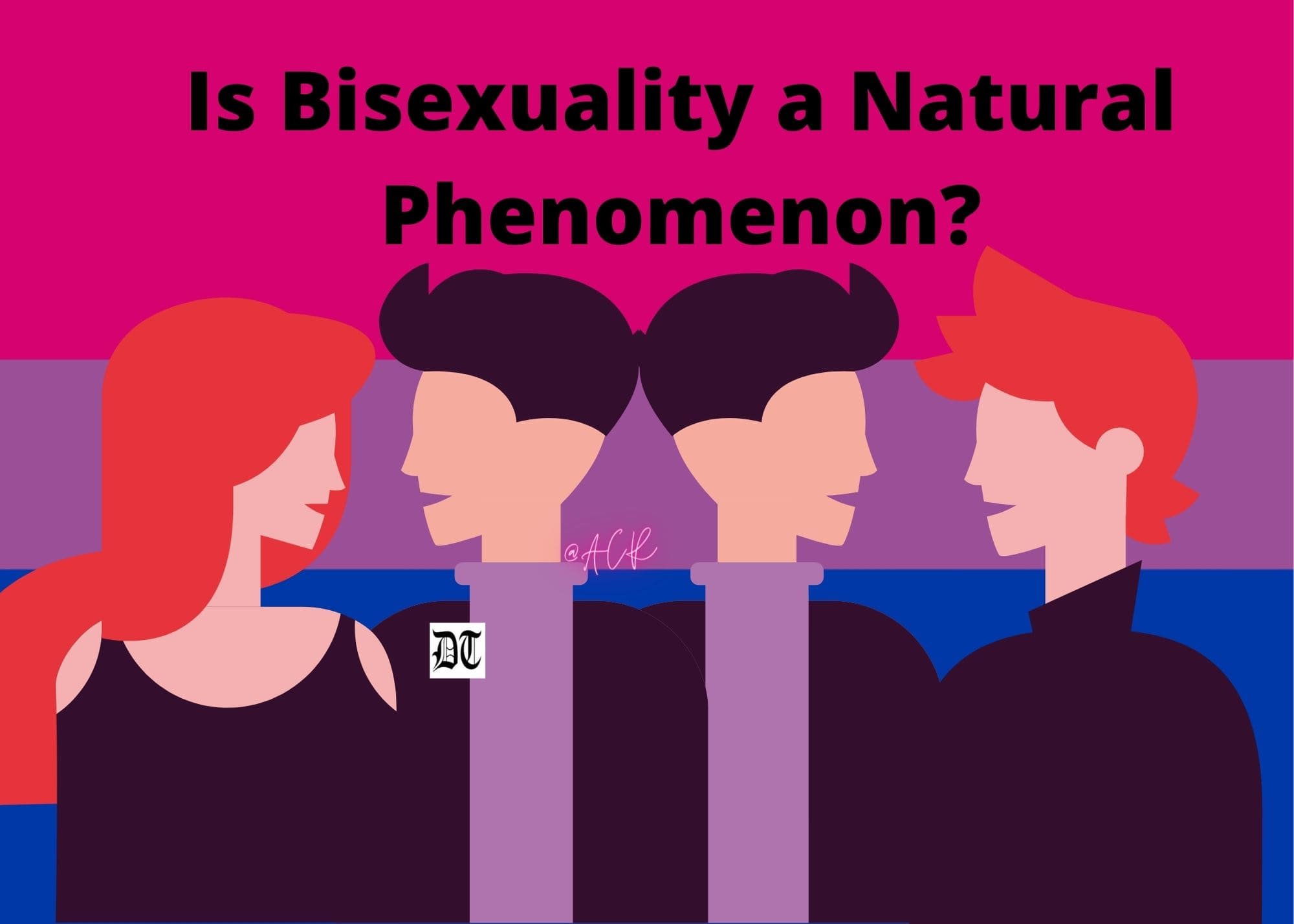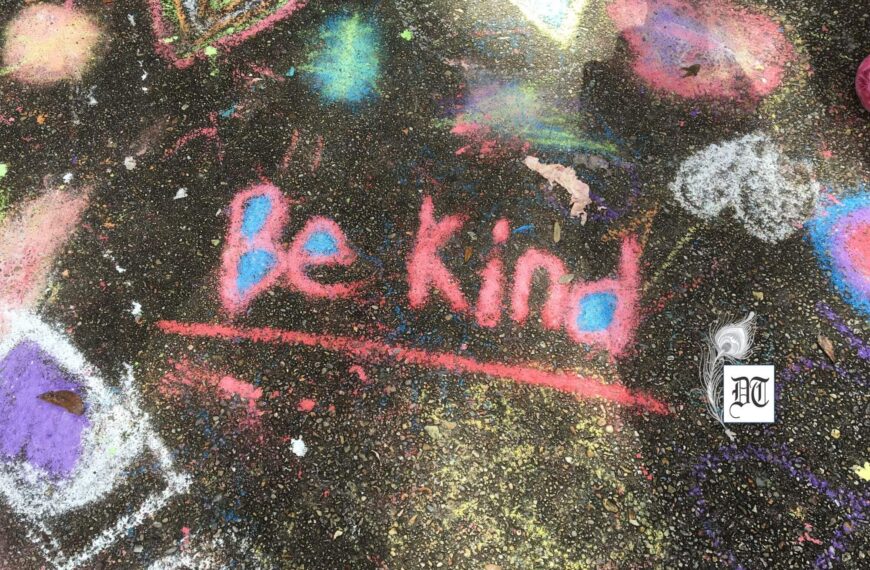Shormita enquires into bisexuality, Kinsley Scale, and how it has been depicted in literature and cinema. An exclusive for Different Truths.

The term ‘bisexuality’ refers to the sexual or romantic attraction or relationship with both males and females. This term came into existence in the 19th century. According to Centers for Disease Control and Prevention 2016, it reports that 5.5% of women and 1.9% of men were said to be bisexual (Understanding Bisexuality). The sexual orientation of an individual is a matter of choice of one’s own decision. Society has no right to question the gender identity of a person.
Bisexuals have numerous categories within their community, which include pansexual/omnisexual, biromantic, or polysexual.
Gay and lesbian persons have a different sexual orientation if compared to bisexuals. Bisexuals have numerous categories within their community, which include pansexual/omnisexual, biromantic, or polysexual. The people who belong to the bisexual community have their own publication, i.e., Bi Women Quarterly and websites like BiNet, the USA. Moreover, September 23rd every year is celebrated as Bisexuality Day.
It is to be noted that gay men have more reliable partners or lovers than bisexual men. Bisexual men are more self-homophobic, they do not see other people giving acceptance to same-sex relationships. Otherwise, there is not much difference between the psychological aspect of a gay and a bisexual man.
However, it is a debatable topic that women, who identified themselves as bisexual, should include their campaign for equality under the banner of feminism.
Feminism is a movement that stands for the equal rights of women. However, it is a debatable topic that women, who identified themselves as bisexual, should include their campaign for equality under the banner of feminism. Also, some lesbian feminists opposed the inclusion of bisexual feminists in their campaign, as they labeled bisexual women to be desperate for men. Because many lesbian women found themselves attracted towards men, which is a matter of distress for lesbian feminists.

Therefore, Kinsey Scale has been developed by Alfred Kinsley, Wardell Pomeroy, and Clyde Martin, which is also known as the Heterosexual-Homosexual Rating Scale. Alfred Kinsley is known as ‘the father of the sexual revolution.’ Based on this Kinsey Scale, reports had been published – Sexual Behavior in the Human Male (1948) and Sexual Behavior in the Human Female (1953). This report is collectively known as The Kinsey Report.
According to Kinsey, the sexuality of a person is inconsistent; the feelings, emotions or sexual desires of a person changes with time.
This rating scale shows the findings that people who do not fit into the category of heterosexual or homosexual, are bisexual. According to Kinsey, the sexuality of a person is inconsistent; the feelings, emotions or sexual desires of a person changes with time. The scale ranges from 0 to 6, ‘0’ means exclusively heterosexual and ‘6’ means exclusively homosexual. The range between 1 and 5 is predominantly bisexual. Also, the range ‘X’ too, is mentioned in the scale, which means no sexual or social attraction towards others.
When a person tries to explore more about their sexual needs, then sometimes they find more comfort with the person of the same gender. This is the reason why bisexual persons do not have a stable and steady relationship with their partners. As bisexual persons are generally and constantly exploring their sexual desire with different partners of same gender or opposite gender.
There are some examples of literary novels and writings that deal with bisexual characters…
There are some examples of literary novels and writings that deals with the bisexual characters, which includes D.H. Lawrence’s Women in Love (1920), Virginia Woolf’s Orlando: A Biography (1928), Patrick White’s The Twyborn Affair (1979), Bret Easton Ellis’s Less Than Zero (1985) and The Rules of Attraction (1987), etc. Also, some movies have been made which depicts bisexuality manifests, which include Chasing Amy (1997), The Comedian (2012), Booksmart (2019), Kinsey (2004), Call Me by Your Name (2017), Dare (2009), Frida (2002), and many more. This shows that the subject of bisexuality has been explored earlier; but there are a lot more questions that have still not been answered by human beings regarding sexuality of a person.
Works Cited
· en.wikipedia.org/wiki/Bisexuality
· ‘Kinsley’s Heterosexual-Homosexual Rating Scale.’ The Kinsley Institute. Retrieved 8th Sept, 2011.
· ‘Sexual Orientation & Homosexuality.’ American Psychological Association. Retrieved 13th Nov, 2020.
· Stokes, Vanable, et. al. ‘Comparing gay and bisexual men on sexual behavior, condom use, and psychological variables related to HIV/AIDS.’ Arch Sex Behav: Aug 1997, 26(4). Pp 83-97.
· ‘Understanding Bsexuality’. American Psychological Association. November 2017.
· Wilkinson, Sue. ‘Bisexuality as Backlash.’ In Harne, Lynne (ed). All The Rage: Reasserting Radical Lesbian Feminism. Elaine Miller. Teacher’s College Press: New York, 1996. Pp 75-89.
Visuals by Different Truths and chart from the internet





 By
By


 By
By